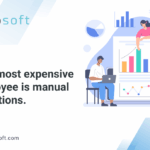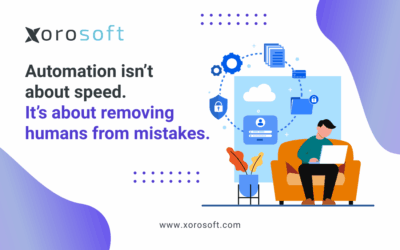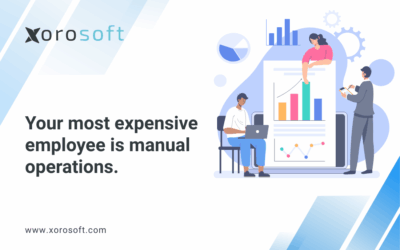
The Delayed Order Cost Is Quiet—but Devastating
The delayed order cost is often overlooked—but it can quietly erode profits, customer trust, and team morale. One late order might seem harmless. Nevertheless, multiply that delay across channels, customers, and time, and it becomes a serious threat to operational efficiency.
Unfortunately, most companies don’t recognize the warning signs until it’s too late. As a result, small inefficiencies snowball into major issues. In other words, what seems like a one-off problem often reflects deeper systemic gaps.
Additionally, fast-growing businesses don’t have the luxury of waiting. Every delay costs money, time, and trust. Therefore, solving the delayed order cost isn’t optional—it’s urgent.
In fast-growing businesses, this is more than a logistics problem. It’s an operations crisis in disguise.
The Real Cost of Late Orders
Let’s be honest: customers don’t care if your backend is a mess. Instead, they care about one thing—getting their order on time.
As a consequence, here’s what actually happens when an order is delayed:
- Support teams get bogged down, chasing tracking info
- Teams issue refunds quickly to avoid bad reviews
- Customers initiate more returns, which drives up warehouse handling costs
- Customers leave, often without even complaining
- Delays damage brand trust over time
Furthermore, these costs compound quickly when you’re running multiple channels—Shopify, Amazon, wholesale, and more.
What’s Driving the Delayed Order Cost?
To clarify, delayed orders don’t usually come from one mistake. They come from disconnected systems failing to work together.
Here’s what typically causes them:
- Inventory is out of sync across systems
- Order routing isn’t automated, so things slip through the cracks
- Teams often overlook procurement delays until it’s too late
- Without real-time visibility, teams only catch issues after the fact
- Staff errors in manual entry cause delays in shipping, picking, or replenishment
Delayed orders go beyond just fulfillment—they affect your bottom line.
How to Reduce the Delayed Order Cost Immediately
In fact, the most effective way to fix delays is to consolidate operations under one roof.
Specifically, a unified ERP like Xorosoft helps you:
- Track inventory in real time across all warehouses
- Sync orders instantly with platforms like Shopify
- Automate routing and fulfillment
- Spot bottlenecks with live dashboards
- Remove manual work through automation
Consequently, fulfillment becomes proactive, not reactive.
Why Xorosoft ERP Is Purpose-Built to Eliminate Delays
If you’re dealing with fulfillment headaches, operational blind spots, or growing complexity…
For example, delayed orders, rising support costs, or constant fire drills…
Then Xorosoft ERP is built for you.
- Cloud-native & quick to deploy
- Built-in WMS (not an add-on)
- Top-rated on G2 for Ease of Use – View here
- Fully integrated with Shopify – App Store link
- Supports multi-location, multi-channel, and multi-currency
- Hundreds of APIs for automating your stack
- Live visibility into inventory, procurement, fulfillment, and accounting
To illustrate, imagine replacing 5 tools and 20 manual tasks with one seamless ERP. That’s Xorosoft.
What Happens If You Don’t Fix the Problem?
Let’s play this out.
You’re shipping 1,000 orders a week. A 2% delay rate means 20 delayed orders.
In other words, if each delay costs $55 in refunds, support time, and lost customer value—that’s $1,100 a week. That’s nearly $60,000 a year.
And that’s just 2% of your orders.
Above all, the longer you delay solving this, the more it costs you.
What You Can Do Right Now
You don’t need another tool. You need a better system.
📆 Book a free demo
🔍 Explore Xorosoft’s features
💰 Check out pricing
📚 Read customer stories
Because every delay you prevent puts time, trust, and money back into your business.









